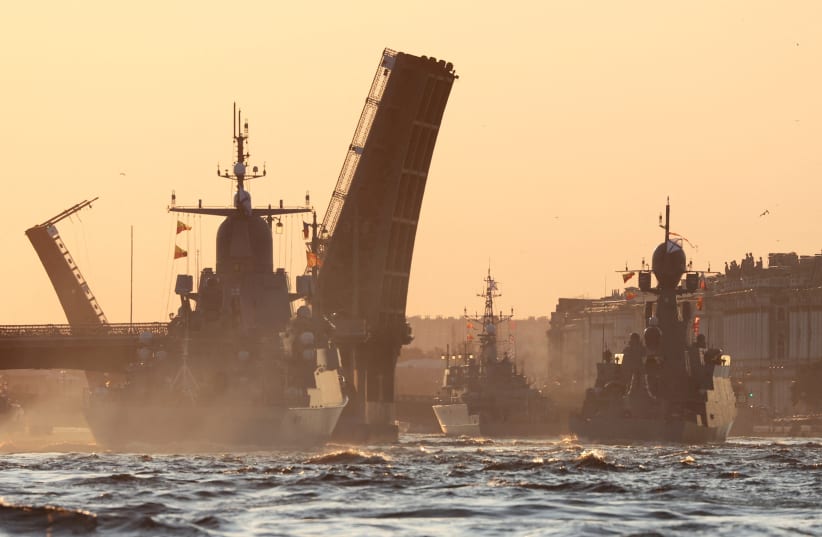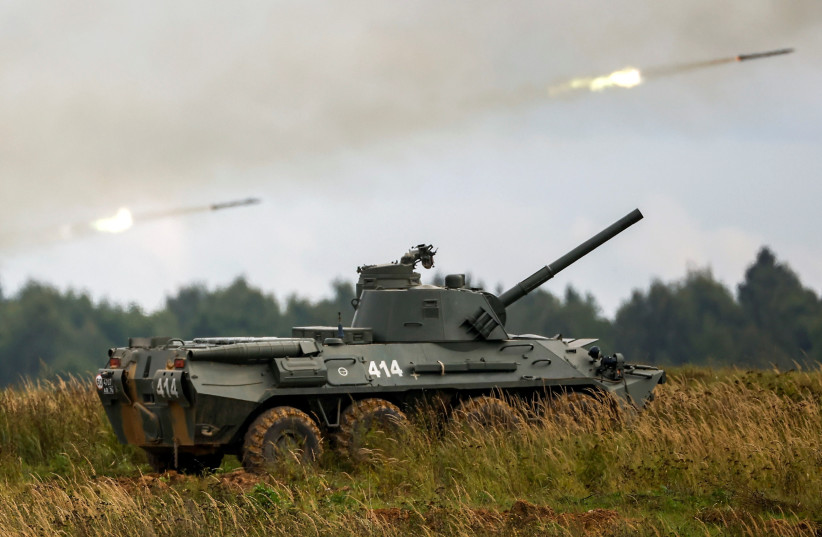A recent report in the Wall Street Journal alleges that Iran is shipping artillery shells to Russia via the Caspian Sea. This is a natural way for Iran to quietly re-supply Moscow without prying eyes seeing what’s in the ships.
If Iran wanted to do this overland via the Caucasus it might get more attention as the munitions would have to cross borders. If Iran flies the weapons to Russia it also might be under more scrutiny.
Russia is scrambling for resupplies
The WSJ report said that some 300,000 artillery shells and masses of ammunition for small arms are making their way across the Caspian Sea. This is a journey of some 800 km or more by boat, which would take several days.
Russia is clearly scrambling to resupply its forces a year into the war in Ukraine. It has acquired drones from Iran and apparently also acquired artillery shells and small arms ammunition. It also reportedly tried to purchase tens of thousands of 152mm and 155mm shells from Egypt, although this demand didn't result in any delivery of munitions. Last year the New York Times reported that Moscow also was seeking millions of rounds of artillery shells from North Korea.
To understand the methodology of Russia here it is important to understand Moscow’s war aims. Russia is traditionally a country with strong artillery units. It has relied on artillery for hundreds of years going back to the Napoleonic wars.
It also wants to grind the Ukrainians down in a war of attrition. This is Moscow’s method in Ukraine. It views Ukraine as a kind of World War One-style battlefield and it wants to do to Ukraine what the Germans did to France in the battle of Verdun in 1916 with the goal of “bleeding France white” through masses of munitions killing large numbers of soldiers.
Russia understands that the West is sending Ukraine new weapons such as tanks, the Caesar artillery weapon system and the HIMARS system, but Ukraine is only receiving small numbers of these.
That means that it takes time for Ukraine to bulk up and also become proficient with these systems and make an impact. For Ukraine to win they can’t throw these systems into battle piecemeal, they have to concentrate them or strike at higher-value targets.
Russia’s goal is the opposite. It just wants to grind down the Ukrainians, killing some and laying waste to the towns and villages. In places like Marinka near the Donbas, a town I visited in 2017 when it was on the frontline but there was a ceasefire, the entire town has been eviscerated. There is nothing left. This is truly a WWI-style level of destruction.
Moscow therefore wants lots of indirect fire munitions, meaning that cheap things like artillery shells and “dumb” ordnance are fine for Russia’s war. This is why it is acquiring weapons from places like Iran and North Korea. Iran doesn’t need lots of artillery shells, because it doesn’t use them in war. Iran relies on proxies with drones and rockets to threaten its adversaries.
Iran’s military high command is starved of resources anyways, because they are going to the IRGC. But Iran’s military brass know that Iran won’t be fighting a large land war anytime soon. This is why Iran can afford to send cheap and simple munitions to Russia. Iran hopes in the end Russia will then supply Iran with things it needs like technology and warplanes.

